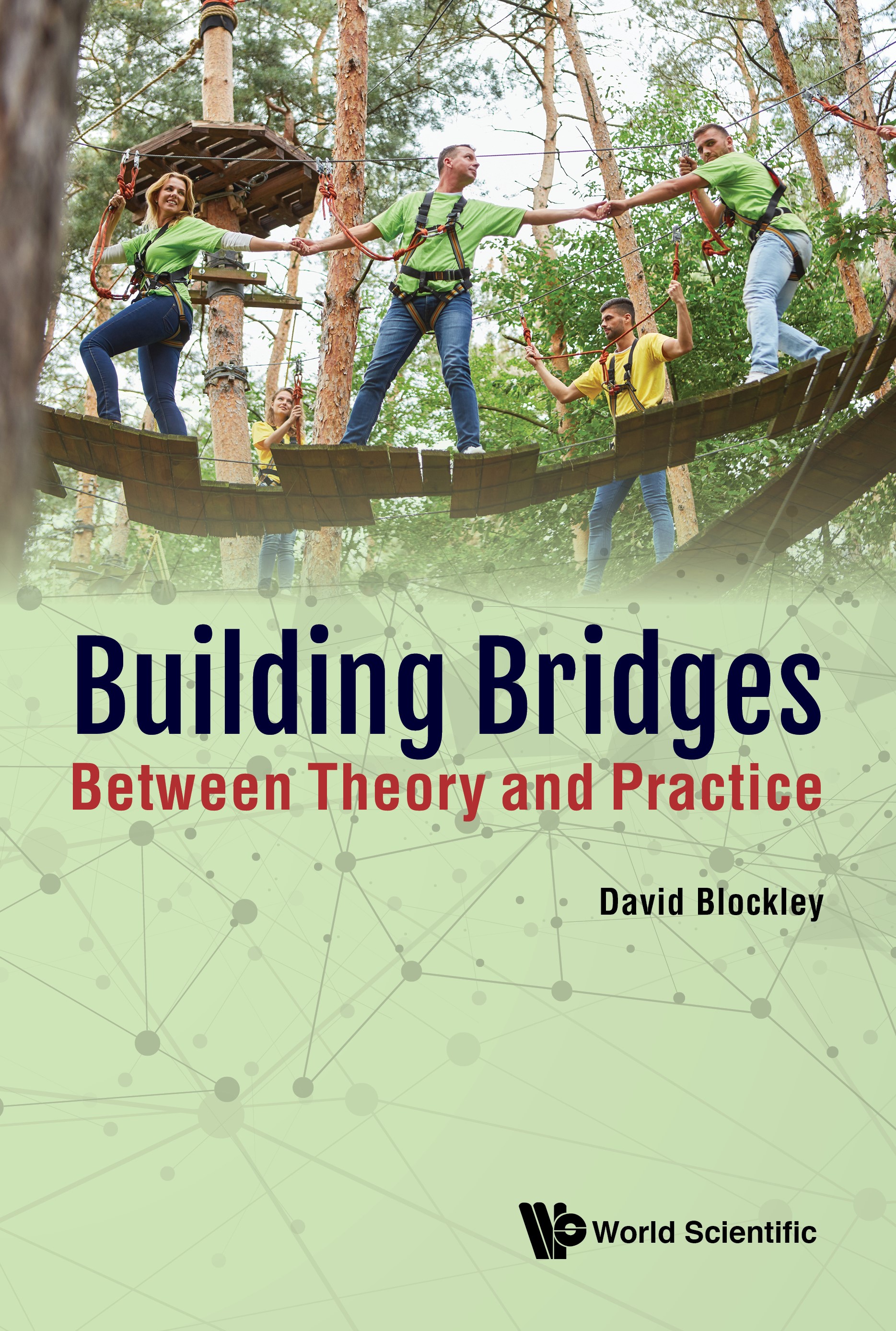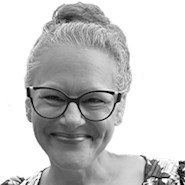David Blockley, Ph.D., F.IStructE, F.ICE, emeritus professor of civil engineering at the University of Bristol, in the United Kingdom, is the author of Building Bridges: Between Theory and Practice (London: World Scientific Publishing Co., 2020; 332 pages). In this book, Blockley explores the huge gaps between what engineers know, what they do, and why things go wrong.
Blockley chatted with Civil Engineering about his thoughts on each and how he believes the field of engineering should evolve for the future.
Civil Engineering: What prompted you to put together Building Bridges: Between Theory and Practice?
DB: I wrote the book because I have come to realize that engineering is not well understood by society in general and our profession is taken for granted and quite seriously undervalued.
The book is summarized through 20 learning points that I have distilled from reflecting on my experiences. They include, for example, the idea that engineering as an industry needs to better integrate the capabilities of ‘knowing’ and ‘doing’ to create more resilient engineering solutions.
Three things underpin these learning points. First, the nature of engineering is poorly understood both inside and outside of the profession. I, like many other engineers, get frustrated when I hear media reporting of major engineering events. How many news outlets have engineering correspondents?
Second, we have witnessed some very serious engineering failures with loss of life and resources — some on a massive scale. Our technical focus within the profession has led to a neglect of the human dimension in design, constructions, use, and disposal.
Third, confusion about the similarities and differences between engineering and other disciplines — particularly science and technology — is holding back engineers from achieving the recognition that they deserve. For example, STEM (science, technology, engineering, and mathematics) has served a useful purpose in the past to help recruit young people in these fields — but I think that the ‘S’ has begun to dominate the ‘TEM’ in a way that is unhelpful to the engineering profession. We need to think more clearly about the relationships between engineering and other disciplines.
Why is there a gap between what engineers know and what they do, in your opinion?
The gaps have arisen from increasing specialization in education, training, and professional work since the Renaissance. As science developed, it was quite natural for people to specialize. The problem is that the overview knowledge is now lacking. We tend to feel most comfortable entrenched into our professional silos, and there is too little interaction and transdisciplinary discussion.
Scientific rationalism dominates our universities as well, so there is little understanding of ‘practical wisdom.’ Increasingly, many academics have no industrial experience. Theoretical papers and publications are regularly remote from practice and understandable by only a few other academics. And on the flip side, practitioners routinely dismiss such papers as having little value.
There is no common language that helps us join theory and practice together.
Some academics accuse practitioners of being ad hoc and lacking rigor. But practical rigor is of a different kind to rational and logical rigor, as I explain in the book.
The reasons structures fail is largely due to human behavior, and until recently this was almost totally ignored by academics and practitioners alike. Probabilistic safety and reliability theory have come a long way in the last 40 years, but they almost entirely neglect the human reasons why events accumulate and incubate to trigger failures. We have almost no social science of engineering.
Considering this gap between what engineers know and do, why do things go wrong?
My generation of engineers was not challenged through their education to think about safety, risk, and uncertainty as part of their design process.
During my career we have witnessed some terrible failures. Quality as a concept was, and still is, equated with functionality, and the latter does not necessarily address the question of safety and economy.
But thinking about risk and uncertainty has to consider the whole picture. The reasons why failures occur vary from the very simple (e.g., a calculation mistake at the Second Narrows Bridge in Canada in 1958) to the complex interaction of many unforeseen events (as at the West Gate Bridge in Australia in 1970).
Most failures don’t just happen suddenly — the pressures build or incubate. They derive from the unintended consequences of decisions, unknown unknowns (things we don’t know we don’t know), and many other factors such as organizational rigidities and the ill-structuring of problems as well as economic and political pressures. So, for example, the lateral torsional buckling of the Dee Bridge in England in 1847 was not recognized because it was not understood at the time. Flutter that destroyed the Tacoma Narrows Bridge in 1940 was also not ‘on the radar’ then.
Nevertheless, there are patterns of events during these incubation periods — these accidents waiting to happen — that we, as engineers, can attempt to spot and ameliorate to avoid the final trigger event.
In your opinion, how should an understanding of failure in general — and perhaps structural failure in particular — inform the future of civil engineering as an industry?
We need to spot the incubating accident waiting to happen before it happens. As the philosopher Karl Popper emphasized, we learn from our mistakes. In strict logical terms success teaches us little. But failure holds very clear lessons — undoubtedly something went wrong. Learning can be at many levels, from simple awareness to deep study.
In the Building Bridges preface, you wrote: ‘I fervently believe that it is imperative that everyone (technical and non-technical people alike) need to do things differently if we are to address successfully some of the big challenges we face in the 21st century.’ To your mind, what are the biggest challenges we are facing in this century?
I see them as embodied in the well-stated 17 U.N. sustainable development millennium goals. I think that they need to be at the forefront of all of our thinking. They address issues from poverty to clean energy, from hunger to clean water, from sustainable cities to climate action.
Engineers have a crucial role in meeting all of these challenges. But to do so we need our voices to be heard, and to achieve that we need to relate what we do to other disciplines such as economics and politics much more understandably and comprehensively. We should not allow ourselves to be sidelined as narrowly technical with nothing to say about the ‘big picture.’ At the same time, it is our technical expertise that we ‘bring to the party’.
What approach do you think will be most successful at addressing these challenges for civil engineers? Why?
In short, I see systems thinking as key. This is because it provides us with a language for collaboration. It is not just the latest management fad. It provides a vocabulary for forming an integrated view of the ‘big picture’ and the detail.
Systems thinking forces us to make connections and see interdependencies. It takes us as engineers away from being technically narrow and from being narrowly technical — though our technical knowledge and skills are crucial. Systems thinking enables us to see civil engineering in its relationship to engineering as a generic discipline because we can relate potential and flow in all processes, both natural and man-made.
 (Courtesy of World Scientific Publishing Co.)
(Courtesy of World Scientific Publishing Co.)Systems thinking allows us to identify our relationships with other disciplines such as economics, law, politics, and the social sciences. Here, potential is captured through answers to questions of ‘why.’ Flow is captured through answers to questions of ‘who, what, where, and when’ as they change. Methods and procedures are captured through answers to questions of ‘how.’
Engineers, perhaps more than any other group, understand the importance of getting the details right — but we have done that by focussing on ‘how’ to the detriment of ‘why.’
So, we still need specialists such as geotechnical engineers. But we need those specialists to think in a ‘T’ shape where the flange is breadth of understanding and the web is depth. If specialists can talk a common language of systems, then they can more easily collaborate with others outside of their immediate specialisms. For example, many engineers are baffled by political decision-making — but we have to work with and influence those key decision-makers much more effectively.
In summary, my learning journey has taught me the importance of promoting systems thinking in facing the challenges of meeting the U.N. sustainable development goals.
Engineers have a crucial role to work together across disciplines, across national boundaries, and across political ideologies so that we can reach those goals together.




